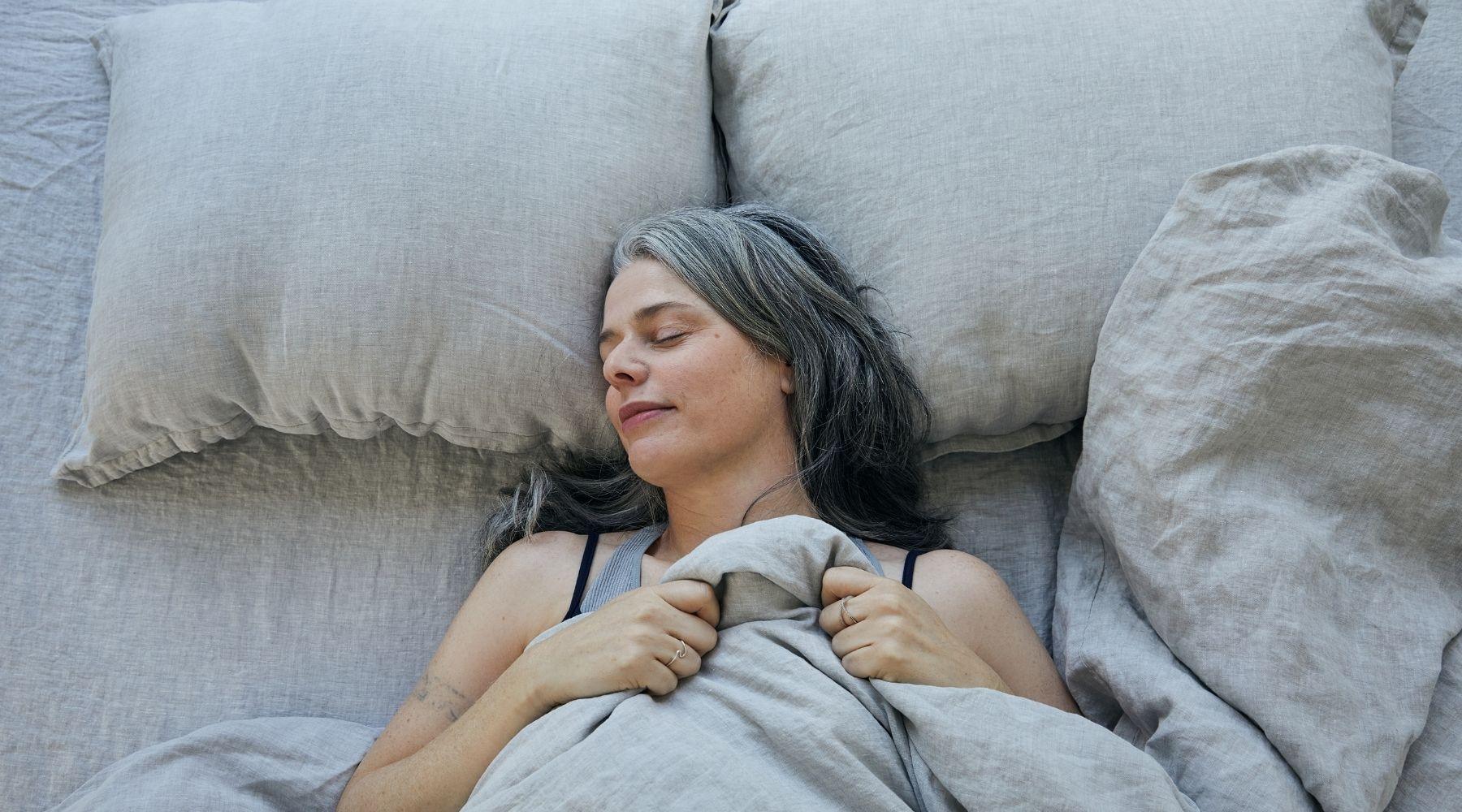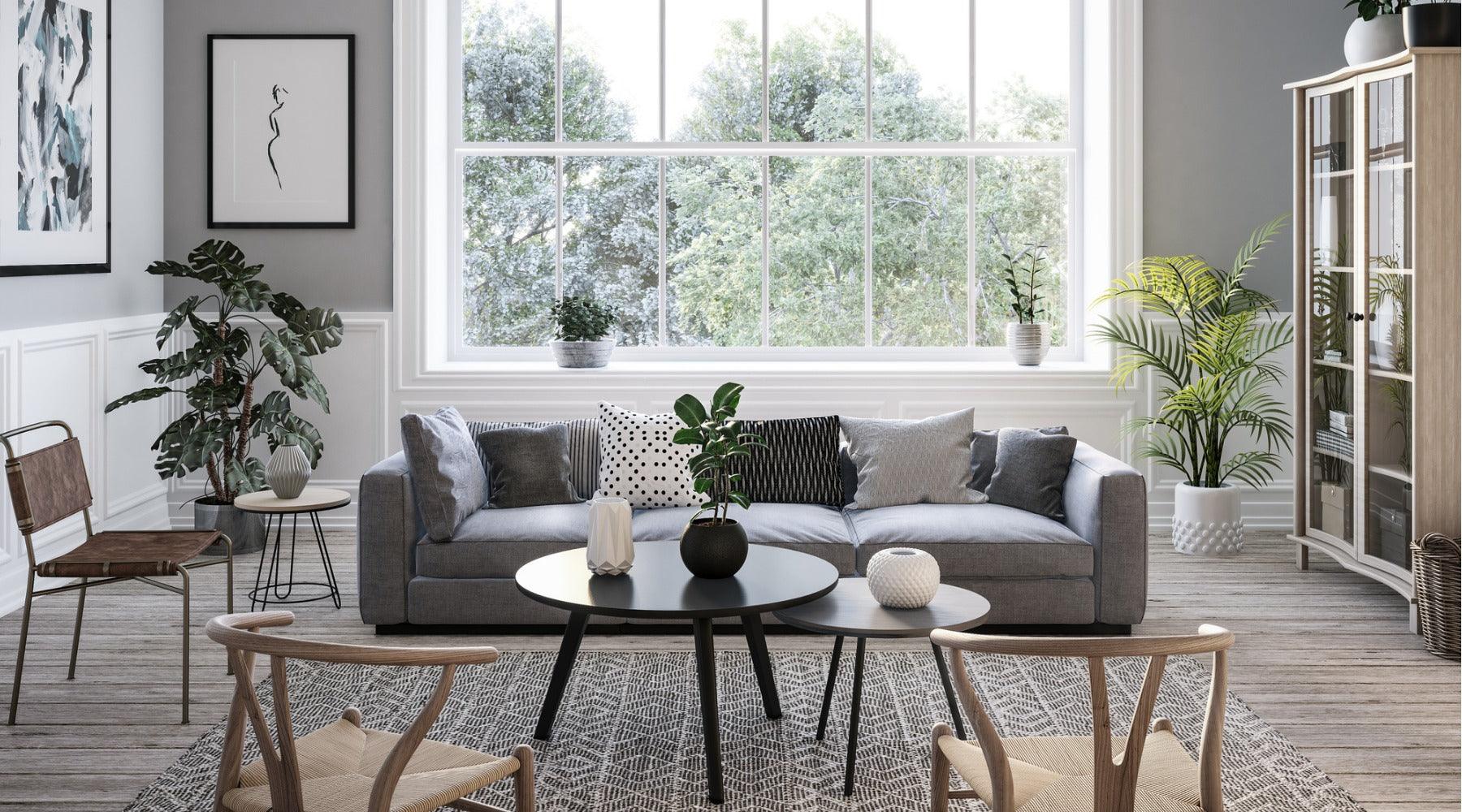
Is Your Bedding Truly Organic?
Most of us are aware of the benefits of organic foods: grown without synthetic chemicals, they’re better for the environment and for the communities that surround farms. Lately, however, it seems that a wide variety of products have been labelled organic, from beauty products to textiles. This has understandably caused cynicism among consumers: how do we know that “organic” isn’t another meaningless buzzword used to make products sound more sustainable than they are? It’s hard to cut through the noise, so let us explain the benefits of buying organic, through our organic linen duvet covers.
European Flax: Organic By Nature
Flax requires certain conditions to grow well—loamy soil, a temperate oceanic climate and plenty of wind. These conditions are found in the “flax belt” of continental Europe—France, Belgium and the Netherlands—which is where we source the flax that becomes our Danish-style bedding.
If any crop were made to be grown organically, it’s European flax. It requires no fertilizers or pesticides, and normal rainfall is enough to irrigate it—as opposed to the staggering 2,700 liters required to produce just one cotton shirt.

Impact Of Non-European Flax and Cotton On The Environment
Due to linen’s rising popularity, flax has been introduced to regions beyond the European flax belt, regions where it otherwise would not grow. To counter this, farmers use fertilizers and pesticides. Some farmers also use chemicals to speed up retting, the process whereby the “glue” of the flax fiber—composed of pectin and lignin—is broken down to prepare it for spinning. So although it may sound good on paper, non-European flax is often as unfriendly to the environment as cotton.
Speaking of cotton, there’s a reason it’s called the world’s dirtiest crop. In addition to needing an enormous amount of water—100 billion gallons per year, to be exact—conventionally-grown cotton also requires a huge amount of pesticides ($2 billion worth annually) and about 360 pounds of fertilizer per acre of cotton every year, which in turn releases a greenhouse gas 300 times more potent than CO2.
Agricultural chemicals can have serious implications. While the low levels of chemicals in non-organic produce are typically harmless to consumers, they can have a lasting effect on the communities surrounding farms, who may be exposed to higher levels through air transmission and drinking water. They can also be toxic to a wide range of organisms including plants, birds, and insects vital to local ecosystems. Chemicals used in the manufacture of non-organic textiles include formaldehyde, which can cause lung cancer through long-term exposure. Also common is the stain-resisting chemical PFOA, which has been linked to fetal developmental defects and liver damage.
Organic cotton sounds a lot better, and in many ways it is. Cotton grown organically is grown without artificial fertilizers and pesticides, with farmers using crop rotation and beneficial insects to manage insects. However, organic cotton still requires a lot of water, and the yield from it is much less, as non-organic cotton plants are genetically modified to produce more. Thus organic cotton requires more land to produce the same quantity as conventionally-grown cotton—more land could require deforestation and the many environmental impacts that come with it, making organic cotton not quite the sustainable option it seems at first glance.
Although organic cotton farming is a step in the right direction, it currently accounts for less than 1% of all cotton farmed. This needs to be drastically scaled up to see any major positive impact on the environment. 
Organic Flax: Ranked Above the Rest
The Made-By Environmental Benchmark for Fibres assesses the environmental impact of different fibers. It ranks 28 fibers on six parameters: greenhouse gas emissions, human toxicity, eco-toxicity, energy, water, and land. Based on these parameters, each fiber is scored and placed into one of five classifications, from Class A to Class E. Non-organic flax received a Class C rank, whereas organic flax received a Class A ranking. Notably, non-organic cotton received a Class E ranking.
As well as being made from 100% organic European flax linen, our Scandinavian duvet covers carry GOTS and OEKO-TEX certification and therefore comply with strict ecological and social criteria at every stage of production, from farming to distribution. See our solid and nature-inspired printed European linen duvet covers here.
Are you considering switching to organic bedding (made from European flax, of course!), or have you made the switch already? We’d love to hear—let us know on Instagram, Pinterest, Facebook, or Twitter!






Leave a comment
This site is protected by hCaptcha and the hCaptcha Privacy Policy and Terms of Service apply.